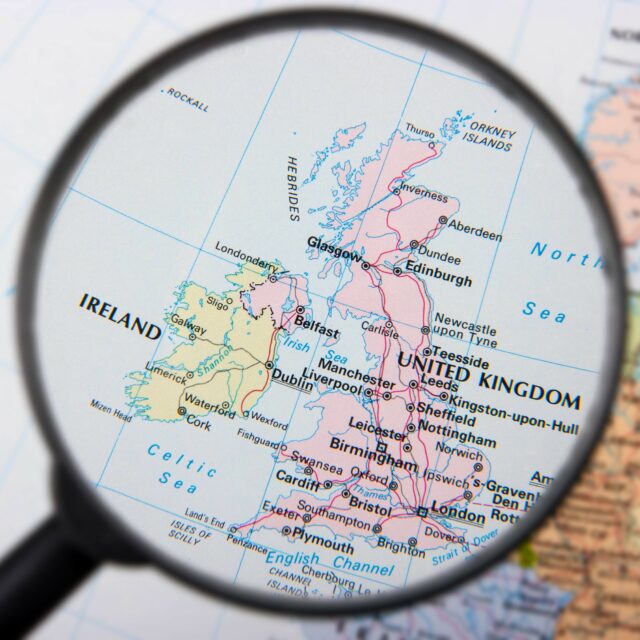- Home
- Publications
- Job Boom Or Job Bust? The Effect Of The Pandemic On Actual And Measured Job And Employment Growth
Job Boom or Job Bust? The Effect of the Pandemic on Actual and Measured Job and Employment Growth
 Pub. Date
Pub. Date
 Pub. Type
Pub. Type

Authors
Related Themes
Labour, Employment and WagesJournal
National Institute UK Economic Outlook, No. 13, Vol. Series A
Publisher
NIESR, London
Issue
Winter 2024
Normal life was put on hold for many during the lockdowns in 2020 and 2021 as society
focused on addressing the health crisis. In the labour market, many fewer people started a
new job (‘hires’) and, partly due to the use of the Coronavirus Job Retention Scheme, some
people stayed longer in work than they would in ‘normal’ times. Their job ‘separation’ was
delayed. Other parts of society saw a similar stalling in ‘normal’ turnover. Fewer people
moved into new homes and/or households either in the United Kingdom or abroad with
consequent disruption to trends in housing and internal and international migration.
So, as the health crisis subsided, this stalling of ‘normal’ turnover left behind a major
imbalance of resources. All sorts of people and things were in the wrong place. In many cases
this misallocation of resources was wrongly considered to be a ‘shortage’ – an absolute lack
of people to do a job – as in the case of lorry drivers as the economy re-opened. But in a
relatively short period this disequilibrium unwound and there is now little discussion of a
permanent ‘shortage’. Where did all the lorry drivers come from?
Not only that, but the pandemic caused many people to reconsider where the ‘right
place’ was. Their experience during the pandemic and also changes in their household
and community situation caused them to reconsider their priorities. It caused behavoural
changes to their plans, hopes and expectations for the future.
Related Blog Posts

Breaking Down the Different Types of Pension in the UK
Robyn Smith
Adrian Pabst
25 Mar 2024
6 min read

What Are the Implications of the Rising National Minimum Wage and National Living Wage Rates?
Ekaterina Aleynikova
Adrian Pabst
19 Mar 2024
5 min read


How Changes in Migration Policy Could Boost Scotland’s Economy
Max Mosley
Ekaterina Aleynikova
18 Dec 2023
3 min read
Related Projects
Related News


Press Release: Compositional effects push up average weekly earnings at the end of 2020
26 Jan 2021
2 min read
Press Release: 2020 shaping up to be the worst year for total pay growth since 2009
15 Dec 2020
2 min read
Related Publications

Pay-Setting Among Employers in the Agriculture, Cleaning, Hospitality and Retail Sectors
11 Mar 2024
Research Report

Implications of the Transition from Defined Benefit to Defined Contribution Pensions in the UK
07 Feb 2024
UK Economic Outlook Box Analysis


Kurzarbeit/Short Time Working: Experiences and Lessons from the Covid-Induced Downturn
20 Nov 2023
National Institute Economic Review
Related events

Improving the Recruitment of Older Workers






